The German Maritime Museum in Bremerhaven pulls you straight into seafaring history, with real ships, rare artifacts, and stories that shaped how people crossed oceans for centuries. Wandering through the exhibits, I caught glimpses of everything from the legendary medieval Hanseatic cog to U-boats from past wars, plus some pretty wild displays on polar research.
The museum sits right on the harbor, which just makes the whole thing feel more authentic. Each section invites you to imagine the lives of sailors, traders, and explorers over hundreds of years. If you’re even a little curious about shipbuilding, daring sea journeys, or how people poked around the world’s coldest places, this museum has surprises tucked everywhere.
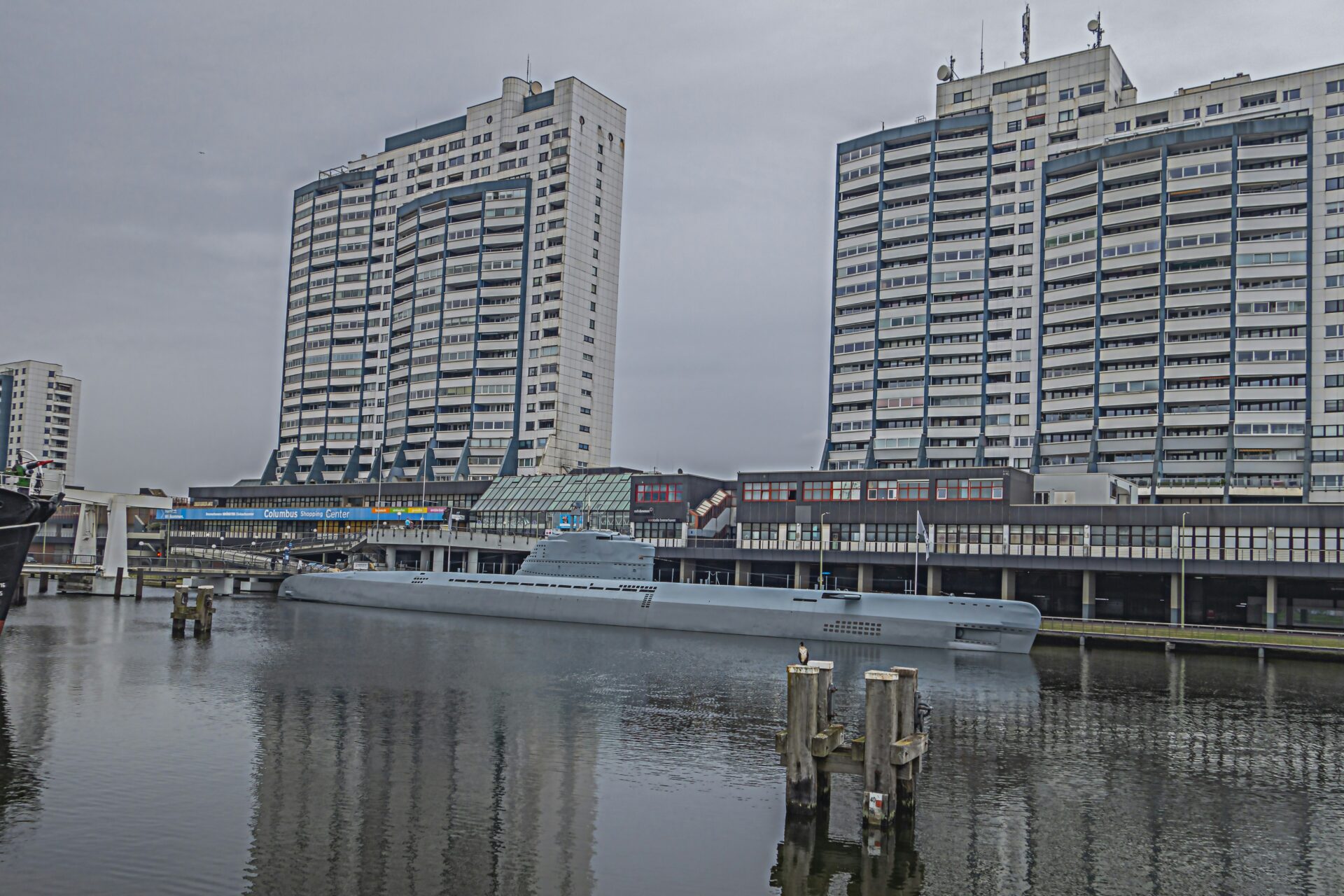
History and Significance of the German Maritime Museum
The German Maritime Museum in Bremerhaven isn’t just a museum—it’s a hub for maritime research, history, and education. Its story weaves together ship discoveries, national collections, and a big role in Germany’s research scene.
Origins in Bremerhaven
The German Maritime Museum (Deutsches Schifffahrtsmuseum, DSM) got its start in the early 1970s. Everything really kicked off after people discovered a medieval Hanseatic cog in Bremen in 1962, which got historians and engineers buzzing.
Bremerhaven, with its deep maritime roots, seemed like the obvious spot for the museum. They founded it in 1971 as an independent foundation and opened to the public in 1975.
From day one, the DSM set out to collect, study, and share stories and artifacts from centuries of German seafaring. Being close to the North Sea made it easy for the museum to house, restore, and show off full-size ships and important artifacts.
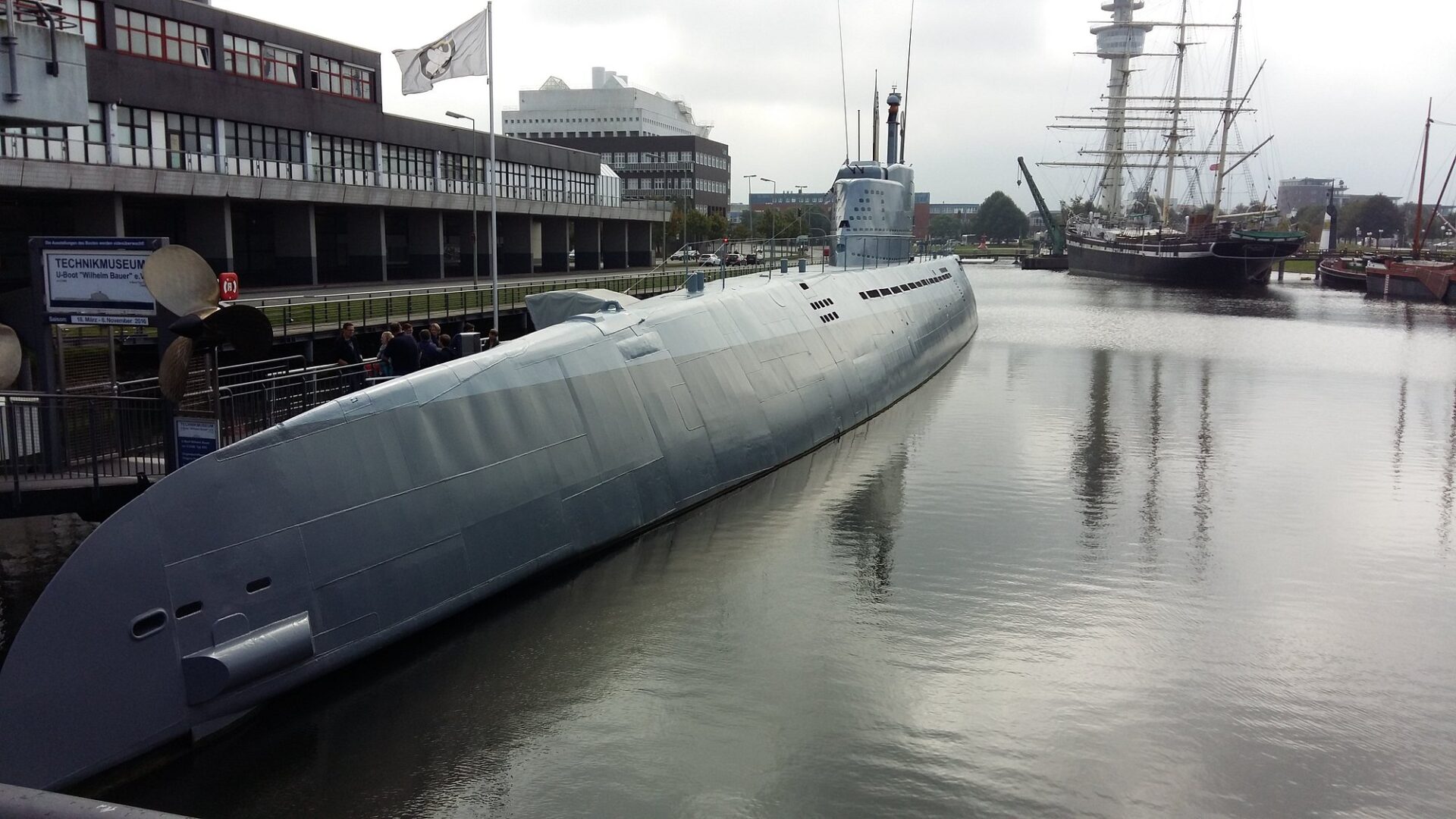
Leibniz Institute of Maritime History
The DSM grew into more than just a public museum. It’s now a research institute, officially called the Leibniz Institute of Maritime History.
Maritime experts, historians, and scientists fill the labs and workshops here. They dig into shipbuilding, navigation, river travel, and port life. Their research brings to life how ships and the sea have shaped not only Germany but the wider world.
The Bremen Cog stands out—a rare trading ship from the Hanseatic period, beautifully restored and on display. Studies from this museum have inspired maritime museums and research centers all over Europe.
Role in German Maritime Heritage
The German Maritime Museum keeps Germany’s maritime story alive and kicking. It preserves and showcases artifacts, documents, and ships spanning many eras.
You’ll find models of sailing ships, steamers, fishing boats, U-boats, and icebreakers. These displays really help you grasp how life and trade changed on the water. The museum’s archives attract historians and students from all over.
Special exhibitions and events dive into polar exploration, river travel, and shipbuilding technology. The DSM’s work makes sure that both everyday life at sea and those big, dramatic moments in German naval history don’t fade away.
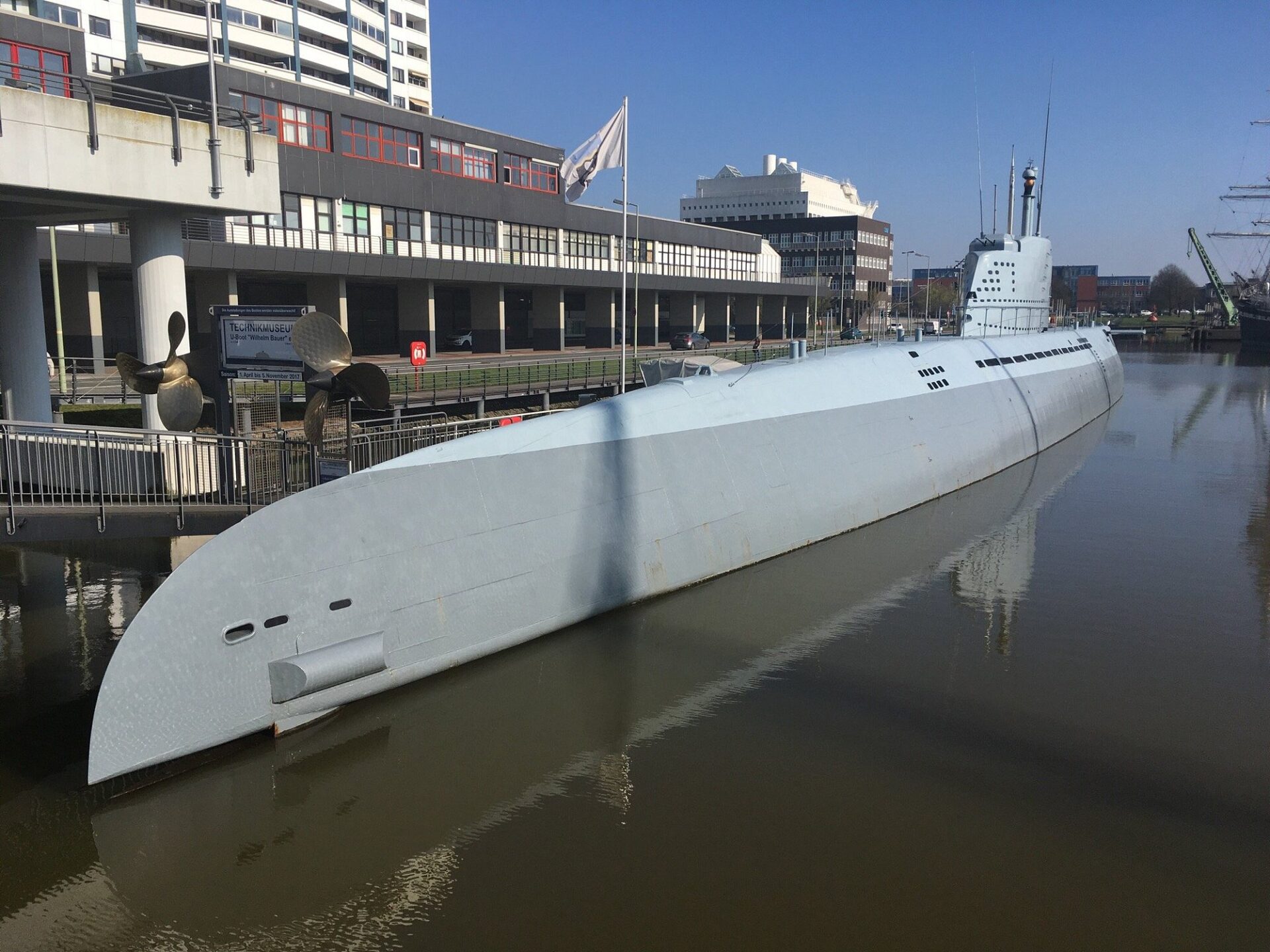
Affiliation with the Leibniz Association
In 1980, the German Maritime Museum joined the “Blaue Liste,” now called the Leibniz Association. This step brought in new funding and raised the bar for research and education.
Being part of the Leibniz Association ties the DSM to other top German institutes. They share knowledge, resources, and new ideas. This partnership keeps the museum’s conservation and research methods sharp and up-to-date.
Support from the Leibniz Association also boosts DSM’s public outreach and education. Thanks to this, the museum runs fresh research projects, creates digital exhibits, and offers more learning opportunities for visitors and scholars.
Exploring the Permanent Exhibitions
The German Maritime Museum’s permanent exhibitions are detailed, immersive, and honestly, just fun to explore. The collections cover medieval trade, maritime tech, and real objects used by seafarers from all sorts of eras.
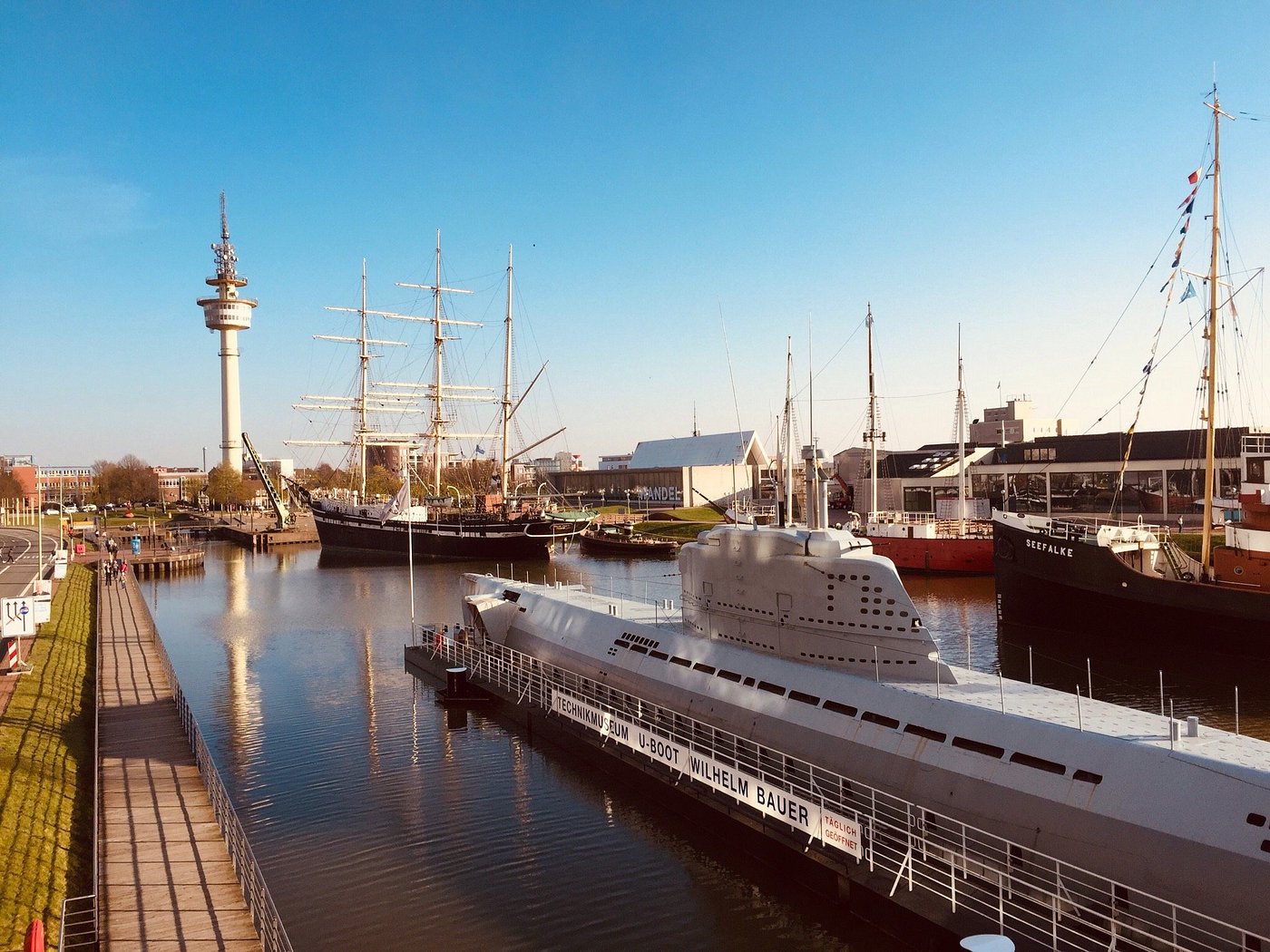
Bremen Cog and Hanseatic League
One of the coolest things for me was the medieval Bremen Cog, or Bremer Kogge. They found this shipwreck in the 1960s and now show it off in its own hall. Seeing the reconstructed vessel up close, I could really imagine the size, the craftsmanship, and what life must’ve been like on board.
The exhibit unpacks how the Bremen Cog served merchants at the height of the Hanseatic League. Panels and multimedia displays lay out trade routes, goods, and the League’s massive impact on Northern Europe’s trade. Artifacts found with the cog—tools and cargo bits—make the whole thing feel real.
Ship Models and Nautical Instruments
The range of ship models blew me away. They showcase German maritime history from the Middle Ages to today. Every model highlights differences—sailing vessels, steamships, submarines. Comparing them made it easier to see how shipbuilding and seafaring changed over time.
Display cases packed with nautical instruments caught my eye too. Compasses, sextants, astrolabes, even early sonar gear—they’re all labeled with dates and short descriptions. Watching navigation evolve over centuries, you get why German sailors managed to push their journeys further and further.

Art and Artifacts from Seafaring History
The museum’s art collection adds another layer—portraits of explorers, stormy seascapes, and prints that match the ships and eras on display. This artwork shows how seafaring inspired artists and shaped the way people imagined ships and the sea.
You’ll also find everyday artifacts sailors actually used—uniforms, logbooks, personal items, and equipment. Themed cases make it easy to track how maritime life shifted across the centuries. I loved spotting tools linked directly to the historic ships on display.
Highlight Vessels: From Hanseatic Cogs to U-Boats
Each ship at the German Maritime Museum in Bremerhaven reveals a different side of Germany’s long relationship with the sea. Some highlight early trade and shipbuilding, others tell tough war stories, and a few look ahead to new ways of exploring the ocean.
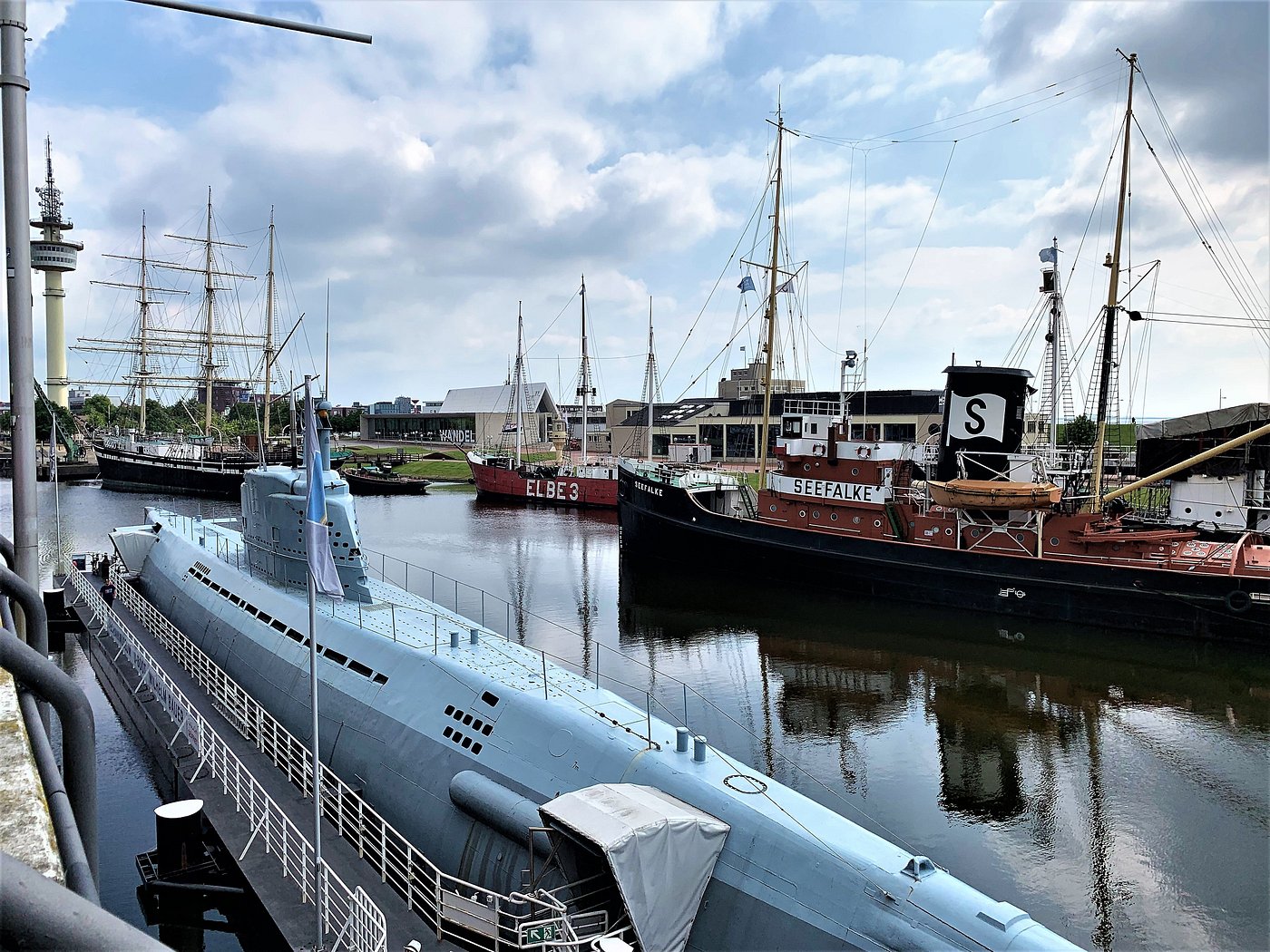
The Bremen Cog: Icon of Medieval Shipping
The Bremen Cog, or Bremer Kogge, is the museum’s crown jewel. Built around 1380 and discovered in the Weser River in 1962, it’s the world’s best-preserved medieval cargo ship. Standing right next to it, I could almost hear the bustle of Hanseatic League merchants loading goods for journeys across the North Sea and Baltic.
The ship’s big, sturdy hull uses “clinker-built” planks—overlapping wood for strength. With a single mast and square sail, it was built for hauling heavy loads. The Bremen Cog shows how medieval shipbuilders balanced speed, safety, and cargo space.
Seute Deern and Other Notable Ships
The Seute Deern used to be the star of the museum’s fleet. This wooden, three-masted barque was built in 1919 and was one of the last big cargo sailing ships. When I first saw her, I couldn’t help but imagine life on those endless voyages. Sadly, Seute Deern isn’t open for boarding anymore due to damage and age, but her story lives on through photos, models, and displays.
The museum’s harbor area features several other ships and replicas from different eras. Walking among them, I noticed how designs shifted from wood to steel, and sails to engines. Each ship teaches something new about German maritime skills and evolving technology.

U-Boat and Research Shipping Innovations
The German Maritime Museum dives into World War II U-boats and research shipping too. There’s no U-boat docked here, but detailed models, photos, and stories bring that chapter to life. I learned that Germany built nearly 1,250 U-boats during the war, though only a handful still exist today.
Research vessels get the spotlight as well, showing how scientists explore the sea. Displays explain how these modern ships collect ocean data for climate and marine science. Diagrams and equipment used in underwater research highlight how research shipping is changing what we know about the world’s oceans.
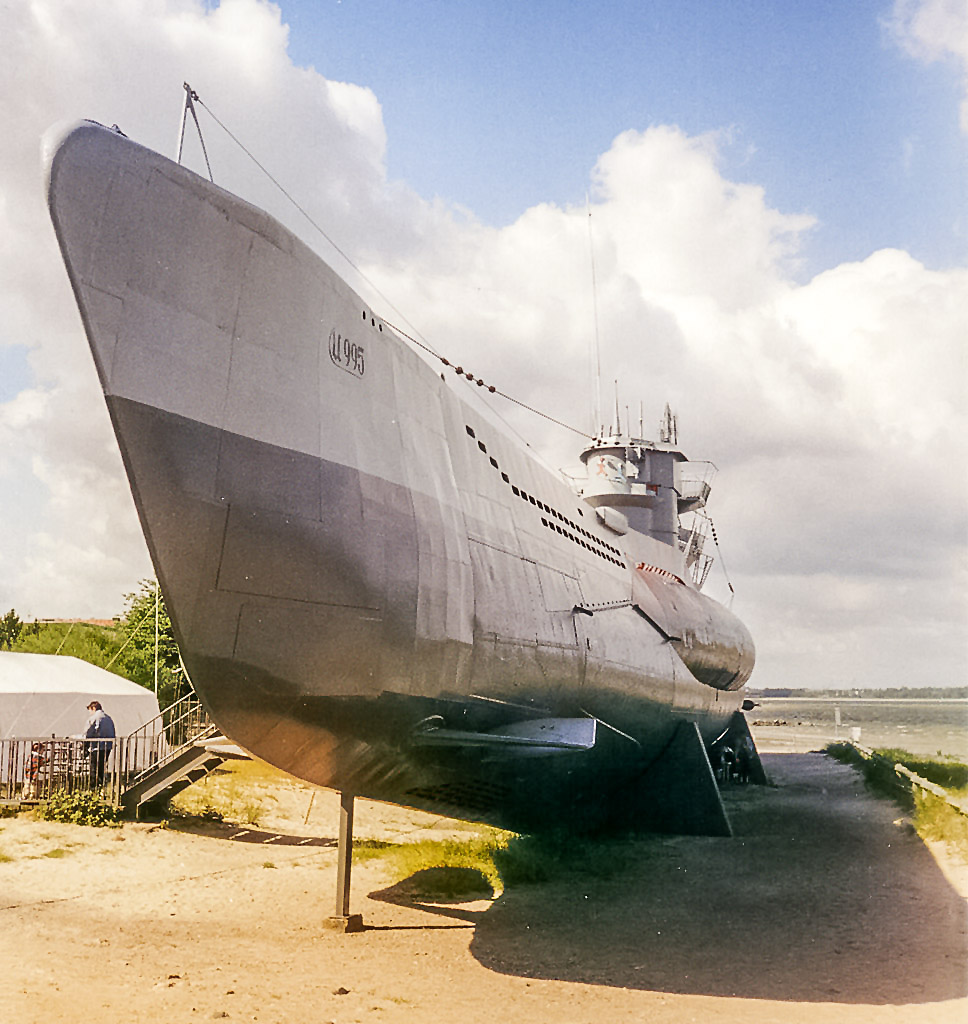
Collections, Research, and Special Exhibits
The German Maritime Museum is packed with everything from original ship documents to restored historic vessels. Inside, you’ll find ongoing research projects and rotating exhibitions that connect seafaring history to today’s world.
Maritime Documents and Photographs
I spent a while in the museum’s library, where they stash thousands of maritime documents. Old ship logs, crew lists, and trade records reveal how shipping routes changed over time.
Photographs line the walls and fill display cases. Some capture early polar expeditions or daily life on ships, while others focus on famous vessels like the Bremen Cog and U-boats. Black-and-white images freeze port cities and sea life in time.
Researchers and guests can access digital archives, making it easy to dig into rare materials. These collections help tell Germany’s story in global trade and exploration. I found it fascinating to trace changes in technology and navigation through the centuries.

Research Projects and Conference Highlights
As part of the Leibniz Association, the museum’s research stretches far beyond exhibits. I discovered projects focused on the relationship between “man and the sea” and how “planetary waters” impact human life. These studies cover both history and current topics, like coastal protection and advances in shipbuilding.
They regularly host conferences that bring together experts to share new discoveries. Calls for papers go out to established researchers and young scholars alike. Topics jump from shipwrecks to maritime trade routes. Sometimes, you’ll find conference proceedings available to visitors in the library.
These research efforts keep the museum at the heart of maritime scholarship. When I sat in on a talk, I watched scholars debate and rethink what we know about seafaring cultures.
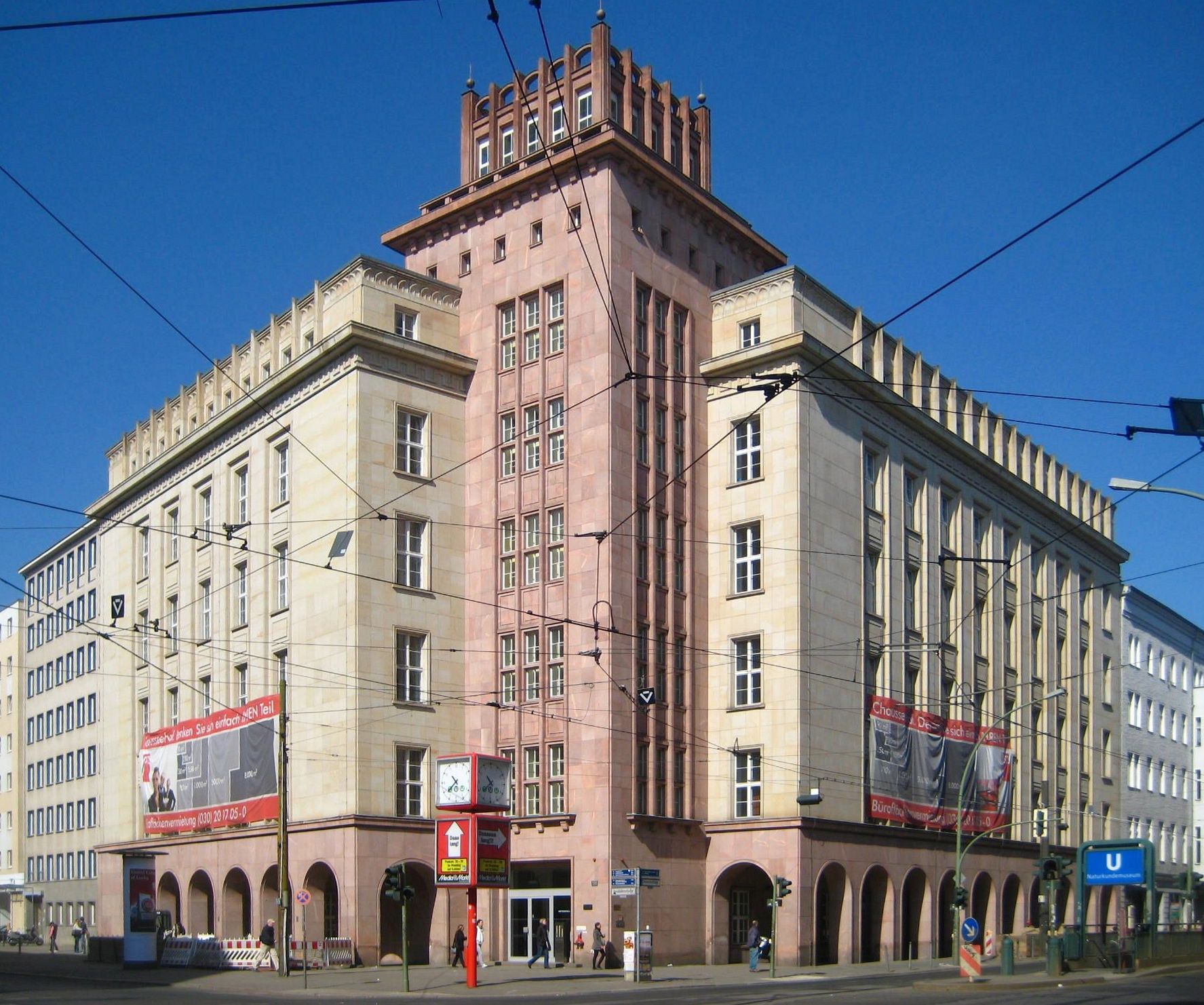
Temporary Exhibitions and Thematic Displays
Alongside the main displays, the museum rolls out temporary exhibitions several times a year. One recent show explored the lives of sailors during polar expeditions; another dug into trade and colonialism. I especially liked how thematic displays use interactive elements and multimedia to tackle tough subjects.
Some temporary exhibits focus on current issues—ocean research or environmental challenges, for example. These go beyond objects, mixing in maps, interviews, and hands-on experiences. A standout was “Worlds of Ships – The Ocean and Us,” which tied local stories to global themes.
The museum’s changing exhibitions keep every visit fresh and relevant, letting you connect with both the past and the present of maritime exploration.
Visitor Experience and Learning Opportunities
Visiting the German Maritime Museum in Bremerhaven gave me a mix of hands-on learning, interactive displays, and close encounters with historic ships and artifacts. There’s something here for anyone interested in ship models, navigation, polar exploration, or Germany’s seafaring past.
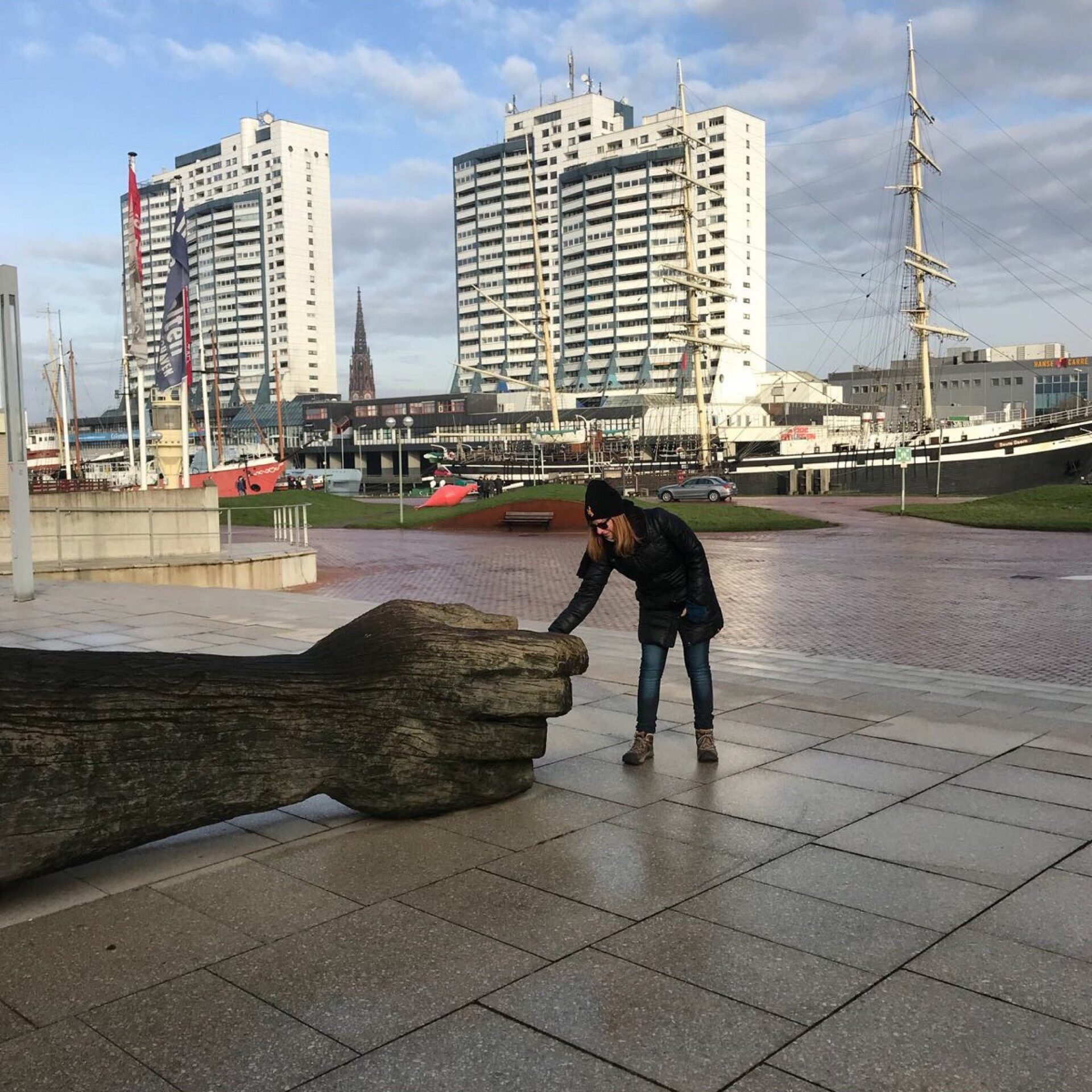
Museum Harbor and Outdoor Exhibits
The museum harbor is a real highlight. I wandered among authentic ships anchored just outside the main buildings. Restored vessels like the Bremen Cog let you feel their scale and presence up close. Each ship has signs that explain its story, design, and purpose.
Standing on the decks, I checked out the actual technology once used in trade and exploration. Outdoor exhibits let you get close to U-boats and icebreakers. Benches and clear walkways make it easy to linger, and you’re free to take photos. When the weather’s nice, the harbor buzzes with visitors and guided groups exploring the ships.
Guided Tours and Educational Programs
Guided tours turned out to be a great way to dive deeper. Museum staff and experts (like Dr. Frederic Theis) shared stories and answered all sorts of questions. Tours run in both German and English, covering themes like polar exploration, Hanseatic trade, and navigation.
Special workshops for schools and families let us try navigation tools and learn about shipbuilding. Educational programs rotate throughout the year—one month might focus on maritime tech, the next on historical trade. Programs are well-organized and usually need to be booked ahead. I picked up a leaflet at the entrance with upcoming tour times and children’s events.
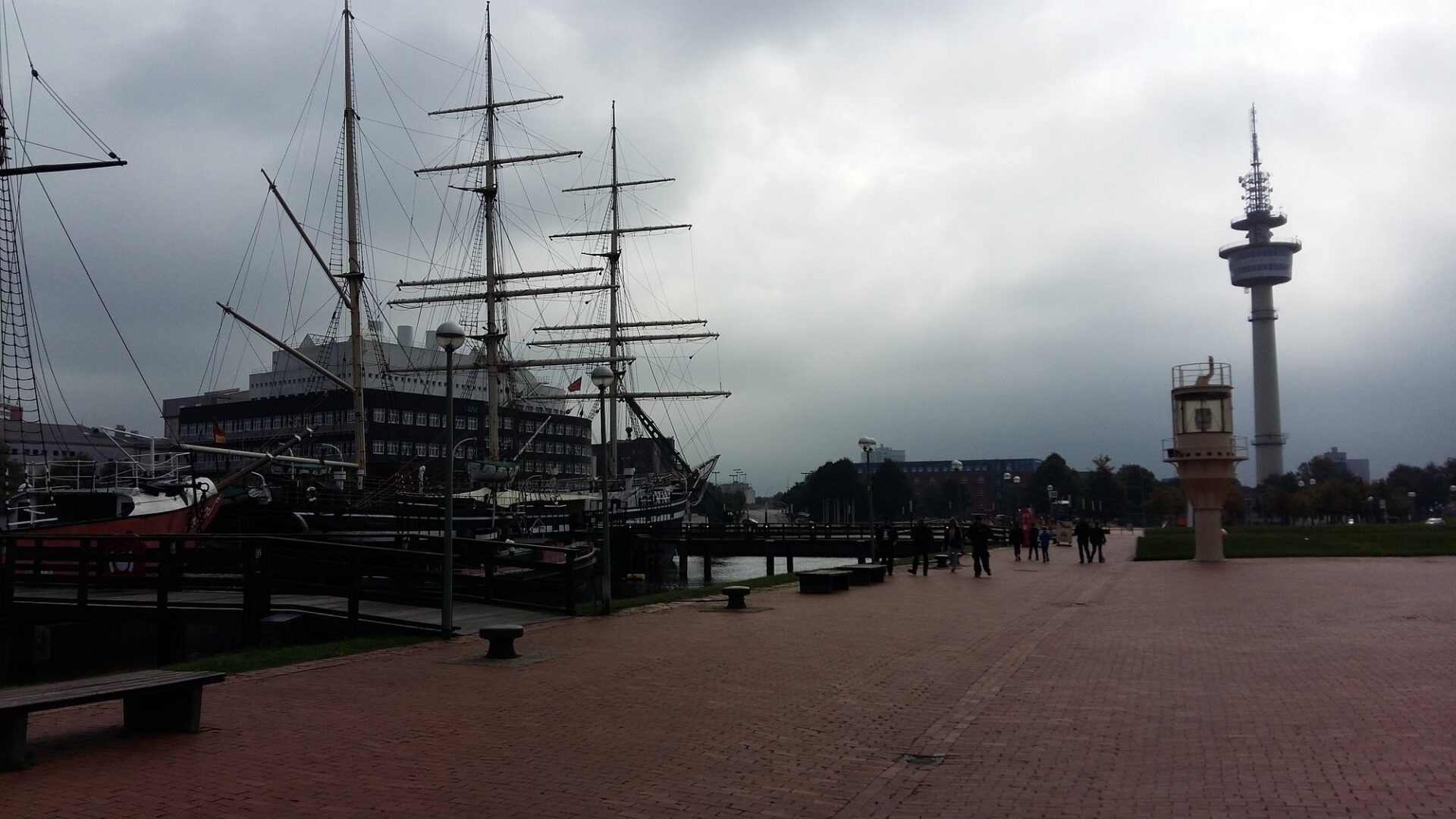
Bangert Building and Facilities
I spent a good chunk of my visit wandering through the Bangert Building. This place is home to the “Schiffswelten” (Worlds of Ships) permanent exhibition.
They’ve spread the displays across 2,800 square meters, so you’ll find plenty to explore. Interactive screens pop up everywhere, and you can mess around with hands-on experiment stations or get lost in the details of all those ship models.
Near the entrance, you’ll spot restrooms and a café with tables—families seemed to appreciate that. The whole building works for wheelchairs and strollers, which made it feel welcoming.
I noticed locker areas and free Wi-Fi, which honestly made things easier. Signs guide you through each section in both English and German.
If you ever get turned around, museum staff are always nearby and happy to help.

Museum Opening Hours and Practical Information
Most days, you’ll find the museum open from 10:00 AM to 6:00 PM. Mondays? They usually close, unless there’s a holiday—then you might get lucky.
Sometimes they extend the hours for special events. I’d always check the official website before heading over, just in case something’s changed.
You can grab tickets right at the entrance or snag them online ahead of time. Students, seniors, and kids get discounts, which is always a nice perk.
Getting there’s pretty straightforward. Just hop on a bus from Bremerhaven’s city center, and you’ll be there in no time. If you’re driving, there’s parking close by—no need to stress.
Inside, there’s a cozy little gift shop with books, postcards, and even some model ships. I found audio guides in several languages, which made wandering around a lot more interesting.
You’ll find up-to-date info and contact details on the German Maritime Museum’s website. It’s worth a quick look before your visit.

